Regulatory Support
Regulatory frameworks are increasingly favoring the use of biocatalysts, which serves as a significant driver for the Biocatalyst Market. Governments worldwide are implementing policies that promote the adoption of green technologies, including biocatalysis. These regulations often provide incentives for companies to transition from conventional chemical processes to biocatalytic methods. For instance, the European Union has established guidelines that encourage the use of biobased products, which directly benefits the biocatalyst sector. As a result, the market is projected to grow substantially, with estimates suggesting a valuation of USD 4.2 billion by 2026. This regulatory support not only enhances market opportunities but also fosters innovation within the Biocatalyst Market, as companies seek to comply with evolving standards.
Technological Innovations
Technological advancements play a crucial role in shaping the Biocatalyst Market. Innovations in enzyme engineering and synthetic biology have led to the development of more efficient and robust biocatalysts. These advancements enable the production of biocatalysts that can withstand extreme conditions, thereby expanding their applicability in various industrial processes. The market is expected to witness a surge in demand for engineered enzymes, particularly in sectors such as biofuels and specialty chemicals. The integration of artificial intelligence and machine learning in biocatalyst development is also anticipated to streamline research and enhance product performance. As a result, the Biocatalyst Market is likely to experience accelerated growth, driven by the continuous evolution of technology and its application in biocatalyst production.
Sustainability Initiatives
The increasing emphasis on sustainability is a pivotal driver for the Biocatalyst Market. As industries strive to reduce their carbon footprint, biocatalysts offer eco-friendly alternatives to traditional chemical processes. These biocatalysts are derived from natural sources, which minimizes environmental impact. The market for biocatalysts is projected to reach USD 5.5 billion by 2027, reflecting a compound annual growth rate of approximately 7.5%. This growth is largely attributed to the rising demand for sustainable production methods across various sectors, including pharmaceuticals and food processing. Companies are increasingly adopting biocatalysts to enhance efficiency while adhering to stringent environmental regulations. The shift towards greener technologies is likely to bolster the Biocatalyst Market, as stakeholders recognize the long-term benefits of sustainable practices.
Expanding Applications in Pharmaceuticals
The pharmaceutical industry is increasingly recognizing the advantages of biocatalysts, which serves as a key driver for the Biocatalyst Market. Biocatalysts are employed in the synthesis of active pharmaceutical ingredients (APIs), offering a more efficient and environmentally friendly alternative to traditional chemical synthesis. The market for biocatalysts in pharmaceuticals is projected to grow at a compound annual growth rate of 8.2%, reaching USD 3.1 billion by 2026. This growth is attributed to the rising demand for complex molecules and the need for sustainable production methods. As pharmaceutical companies seek to enhance their manufacturing processes, the adoption of biocatalysts is likely to increase, thereby propelling the Biocatalyst Market forward.
Rising Demand in Food and Beverage Sector
The food and beverage sector is witnessing a growing demand for biocatalysts, which significantly influences the Biocatalyst Market. Biocatalysts are utilized in various applications, including the production of flavors, fragrances, and food additives. The increasing consumer preference for natural and organic products is driving manufacturers to adopt biocatalytic processes that align with these trends. The market for biocatalysts in the food industry is expected to reach USD 1.8 billion by 2025, reflecting a robust growth trajectory. This demand is further fueled by the need for improved efficiency and cost-effectiveness in food production. As companies strive to meet consumer expectations while maintaining quality, the Biocatalyst Market is likely to expand, presenting new opportunities for innovation and development.


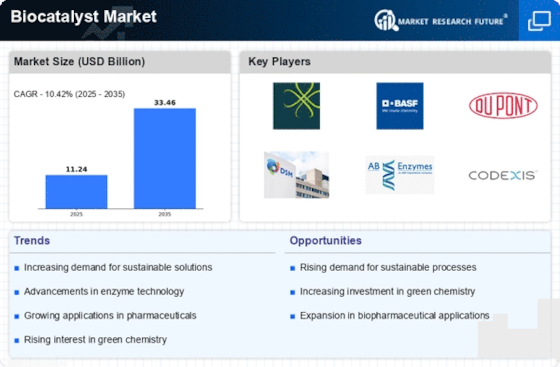
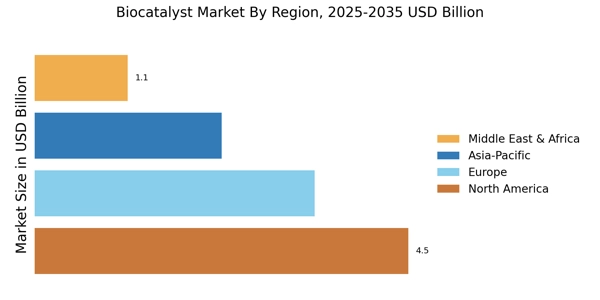
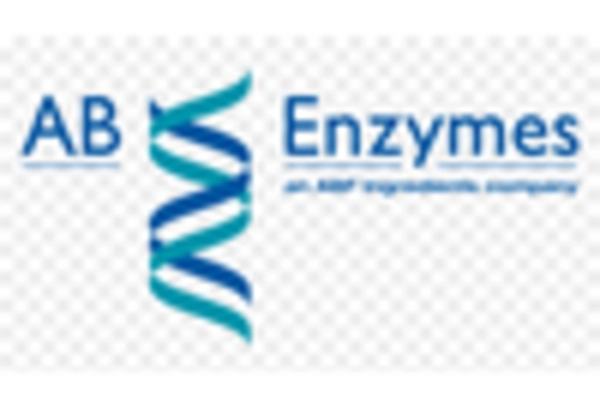

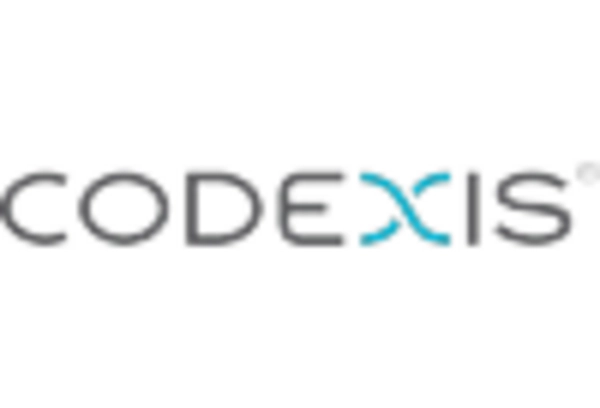
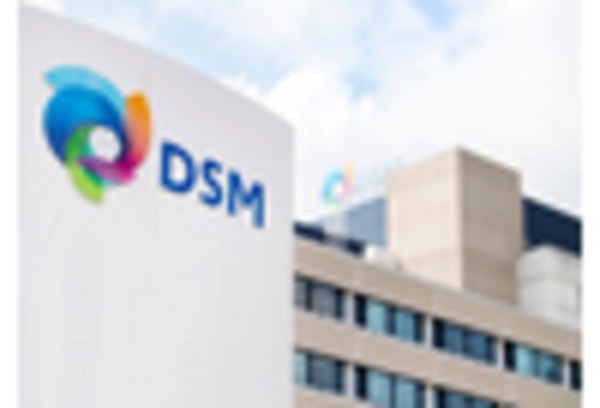










Leave a Comment